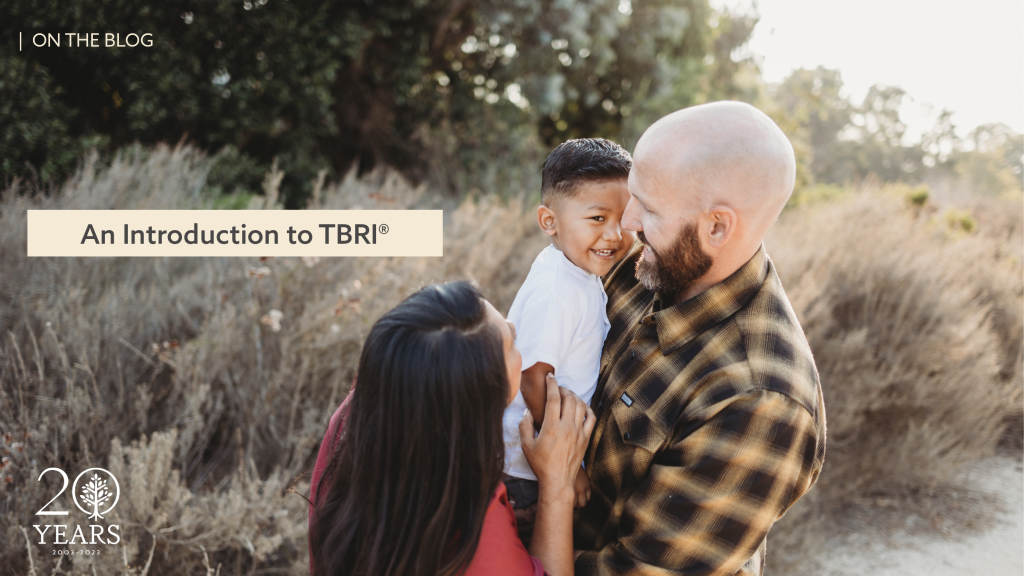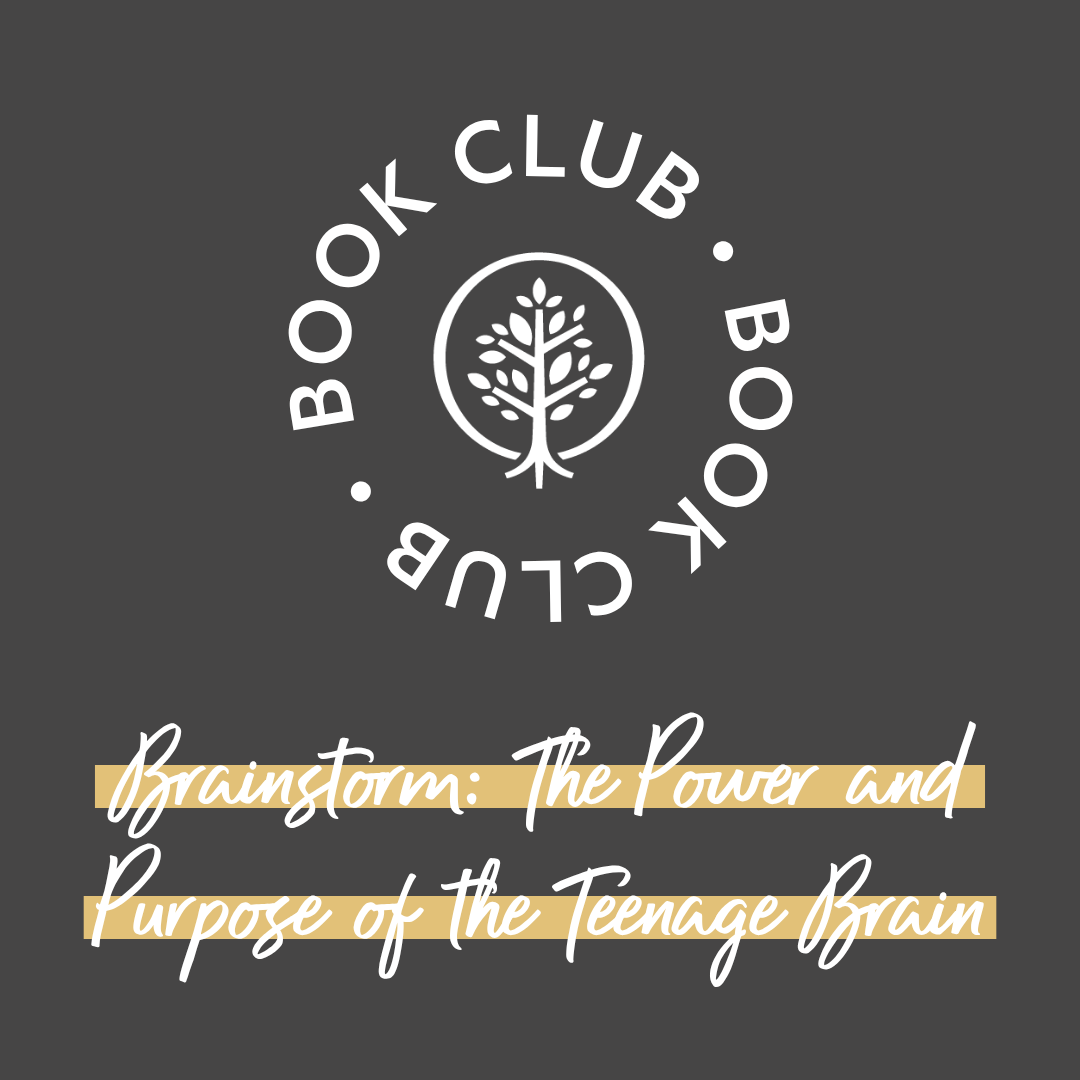An Introduction to Trust-Based Relational Intervention® (TBRI®)

Trust-Based Relational Intervention (TBRI) is a care model designed to help meet relational and developmental needs of children and youth impacted by trauma. TBRI considers the whole child—his or her brain, biology, behavior, body, and beliefs—and provides parents and caregivers with practical tools and insight to help their child(ren) reach his or her highest potential. And perhaps most integral, TBRI has connection at its core—the truth that connection builds trust, and trust builds healthy relationships.
The TBRI model is built upon three guiding principles:
Connecting Principles: Create connections that disarm fear, gain trust, and enhance learning.
Empowering Principles: Strengthen learning and regulation by meeting a child’s physical and environmental needs.
Correcting Principles: Shape beliefs and behaviors effectively, so children feel safe, protected, and empowered.
Children who have experienced complex trauma need parents and caregivers who are insightful, prepared, equipped, and committed.
As Dr. Karyn Purvis, who developed TBRI alongside Dr. David Cross, once said, “All children need to know that they’re precious and unique and special. But a child [who has experienced trauma] needs to know it more desperately.”
TBRI is:
- Whole-Child
- Attachment-Based
- Trauma-Informed
- Evidence-Based
- Multi-Systemic Approach
- Developmentally Respectful
The human brain is like a two-story house. The “upstairs brain” allows us to think, reason, learn, remember, and regulate our emotions and is mostly unwired at birth. It takes time and experience for the upstairs brain to become hardwired.
The “downstairs brain” is mostly wired at birth and allows a newborn to eat, sleep, drink, stay warm or cool, and eliminate. A newborn’s reflexes and basic bodily functions are rooted here.
When a child experiences trauma, it can impact the wiring and chemistry of the brain—the lower, more primitive parts of the brain can overdevelop from reactions to fear and efforts to survive while the more sophisticated upstairs brain remains underdeveloped.
Repeating nurturing experiences can strengthen connections to the upstairs brain, so it can help regulate the downstairs brain, strengthening the balance between the two parts of the brain.
If a child spends too much time in fear, the brain organizes itself around the survival response—fight, flight, or freeze—and the downstairs brain runs the show.
Without felt safety and the ability to trust, the more sophisticated functions of the upstairs brain are largely inaccessible to a child. This is why the TBRI approach to addressing early trauma is vitally important.
Questions & Reflections
- As you consider how your needs were met as a child, what gave you a sense of belonging, felt safety, and trust? If those needs for security were not met, what might have disrupted those feelings of connectedness and felt safety?
- What are some needs that might have gone unmet for your child in his or her past? What can you do to meet those needs now?
- How does remembering the impact of stress and trauma change the way you view and engage your child’s behavior?
- As you consider your current parenting strategies, what may need to be adjusted to better communicate care, security, and safety to your child(ren)?
Tips & Reminders
- Relational trauma impacts beliefs about the self, including self-awareness, self-regulation, self-esteem, and self-efficacy. Use character praise to help change your child’s belief system about himself or herself by recognizing his or her character traits. Some examples include:
- “I love playing with you! You are so much fun.”
- “Thank you for sharing. You are really thoughtful.”
- “You are so creative. That is such a great idea!”
- Positive experiences are essential for rewiring the brain while also contributing to the mind’s overall health. Each week, look for opportunities to introduce a new, positive experience in the life of your child or teenager. Include activities where engagement strategies (eye contact, healthy touch, behavior matching, play) can be incorporated to further build connection and felt safety.
- Have a family dance party.
- Paint together. (For littles, start with rocks, and for your older children, try pottery.)
- Explore together a new park or area of town where you can play, snap photos, or just be outdoors as a family.
Action Points
Crossing the Midline
Cross-lateral movement refers to any time one side of the body crosses over the midline of the body to the other side. The right side of the body is controlled by the left side of the brain, and the left side of the body is controlled by the right side of the brain. Practicing crossing the midline is a great way to get the right and left sides to communicate optimally. Ideas for younger children—that are also fun—include classic games like Hot Potato (but you must hold the object with both hands), Simon Says, and clapping games like Miss Mary Mack. For older children, consider tennis, baseball, or softball; washing the family car together (which also promotes connectedness); and even a game of Twister.
Family Game Night
Card games (UNO, Go Fish), board games (Monopoly, Operation), chess, checkers, and puzzles are great opportunities to exercise the brain to help improve attention, coordination, concentration, planning, and more. Incorporate regular (weekly or bimonthly) family game nights for everyone in your home, keeping in mind varying skills and abilities. It can become a fun tradition and an excellent opportunity to foster connection as a whole family.
Hear from the Archambault family on how they incorporate TBRI into their day-to-day family life.
At Show Hope, we are committed to supporting families on their journeys, and part of that includes our annual Hope for the Journey Conference, where TBRI and its principles are further unpacked. And for us at Show Hope, TBRI is, in many ways, our faith in action—an expression of how God our Father loves us through connecting, empowering, and correcting. The 2024 conference will be available for viewing on Friday, April 5, through June 30. With viewing options for both churches and organizations as well as individuals and households, the conference resources and encourages parents, caregivers, and families meeting the needs of children entrusted to them, and twofold, the conference also serves churches and organizations in their ministries and support of children and families.
This is the first in a series of five blog posts. Also check out:
Understanding TBRI® Connecting Principles
Understanding TBRI® Empowering Principles
Understanding TBRI® Correcting Principles
Understanding The Gospel and TBRI®




